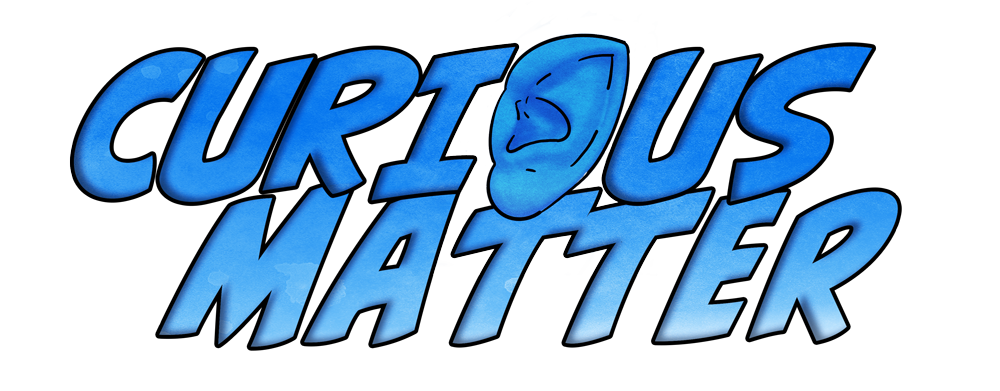
X-ray Company goes on a journey against their will into the Mother’s den.
Philip K. Dick’s fascination with nuclear war spanned his entire career. Second Variety was first published in 1953 during the height of the cold war, only eight years after the United States unleashed two atomic weapons on Japan at the end of World War 2. In the time since the US and the USSR began stockpiling nuclear weapons in a quickly accelerating arms race. Second Variety wasn’t the only story of his to explore the ramifications and cultural impact of nuclear war. The Defenders, The Penultimate Truth, The Golden Man, Do Androids Dream of Electric Sheep are only a few of his stories that were influenced by the new and growing threat of nuclear war.
He explored many different aspects of what would happen. In the Golden Man, nuclear fallout began triggered mutations in the human giving birth to people with extraordinary powers who represent the future of human evolution. Sound like the X-men? That is because the story is likely where Stan Lee, notorious for “borrowing” from other authors’ works, got his idea. There’s even a character in the story with metal skin, and another named Jean spelled with a “J.” Coincidence? I think not.
Nuclear fear is a real and very current connective tissue between our world today and everyday life in the 1950s. PKD wasn’t just fascinated with the effects of the war itself, but how will it affect the fabric of our society. What will happen to our collective society after the cataclysmic effects of a global nuclear war? In today’s climate of growing tension between the likes of the US and China, the US and Russia, the US and North Korea (sensing a pattern?) It is easier than ever to imagine a World War 3 where nuclear weapons unleash en mass. But just how close to Judgement Day are we?
In 1947 the Doomsday Clock was established by a group of ex-Manhattan Project scientists to help the public understand just how close they are to nuclear catastrophe. Initially, the clock was set at 7 hours to Midnight, a metaphor for just how close we are to Nuclear War. In 1953 when this story was written, the clock was moved to 2 hours to Midnight based on the growing tensions in the world. Today the clock stands at just 100 seconds to Midnight.
I recently traveled to Hiroshima, Japan, to visit the Hiroshima Nuclear Peace Memorial. The memorial park sits in the center of the city only a few blocks from the Hypocenter, the exact location where the first atomic bomb named “Little Boy” detonated 2000 feet above the sprawling industrial city.
Between 90,000 and 150,000 people lost their lives in the explosion and millions more suffered from the effects of the radiation. It was an eye-opening experience in the horror of atomic warfare, but it also showed me something else, something far more critical.
I honestly believe that Hiroshima is somewhere all Americans should visit if they can. Now, this is not because I think we should feel guilty about being the only nation to use atomic energy as a weapon. I think it’s essential that we understand the actual cost of such weapons.
I’ve never met more beautiful, more open-hearted people devoted to the lasting endeavor of peace than those that call Hiroshima home today. It’s hard to imagine that any community, who had endured what they did, could come out the other side with the sense of humanity that they do.
I don’t think you can visit Hiroshima and leave without the sincere belief that no one else should ever have to face the horror of nuclear war again. Every American should visit Hiroshima because the city stands today as proof of the resilience of the human spirit in the face of Armageddon. They are proof that if the day does ever come where the human race comes face to face with global nuclear war, we can and will be able to overcome, unite, rebuild and become something stronger.
Want to explore more content inspired and influenced by Philip K. Dick?
Dive into the worlds he created and add a Bluray or Book to your collection while also helping to support the podcast.
Movies:
- Bladerunner
- Bladerunner 2049
- Total Recall
- Minority Report
- A Scanner Darkly
- Next
- The Adjustment Bureau
Books:
- The Philip K. Dick Reader (Includes Second Variety)
- The Philip K. Dick Collection
- The Exegesis of Philip K. Dick
- Do Androids Dream of Electric Sheep?
- The Man in the High Castle
CREDITS
Writer/Host/Director: Jonathan Pezza
Sound Engineering & Design by Jonathan Pezza
Additional Sound Engineering: Jeremy Pezza & Ivan Kozlov
The Cast Includes:
- Sandeep Parikh
- Hannah Parikh
- Amy Vorpahl
- Kelli Dawn Hancock
- Leonid Andronov
- Alexandra Amick
- Melissa Starr
- Darrin Cummings
- Phillip Daniel
- Philip Gray
- Matt Hobin
- Jeremy Pezza
- Jonathan Pezza
Score provided by: epidemicsound.com (Use discount code curiousmatter to get 2 months free)
Sound Effects provided by: Soundsnap.com



